London teen homicides: How killings broke 2008 record
- Published
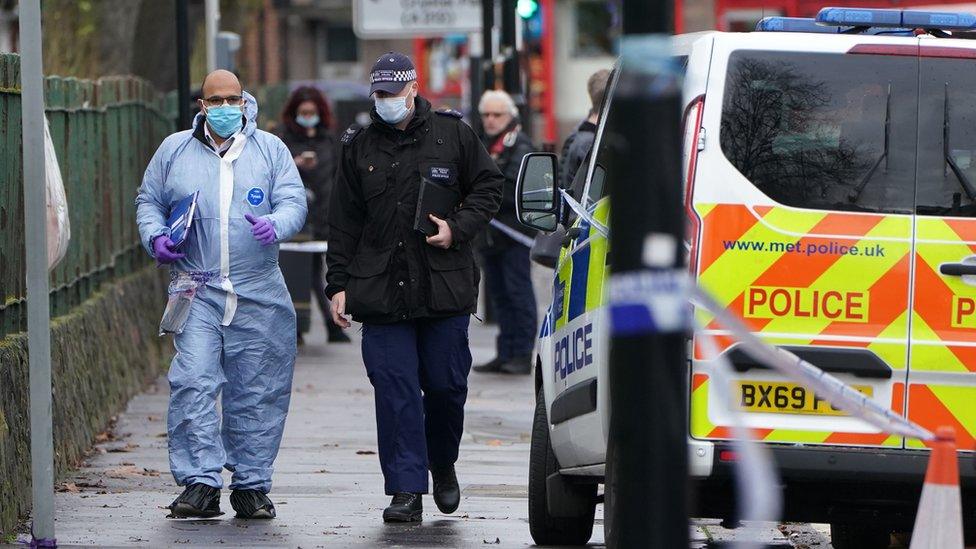
Thursday's killing in Croydon equalled a grim milestone
The number of teenagers killed in London in a year has reached its highest level since 2008 despite a national lockdown.
Of the 30 teenagers killed in 2021, 27 were stabbed to death, two were shot and one died in an arson attack.
Two separate stabbings on Thursday meant the 2021 figure exceeded the 29 teenage homicides in 2008.
A quarter of this year's 122 homicide victims were teenagers, despite making up only 8% of London's population.

Some 345 days before the latest deaths, 17-year-old Anas Mezenner became the first teenager to be killed in London this year.
Mr Mezenner was repeatedly stabbed when his group of friends were set upon in a "clinical and violent attack" on 19 January.
Three 17-year-olds, who cannot be named due to their ages, were found guilty of killing Mr Mezenner's though no motive for the attack was ever established.
A Cambridge University study, external found police-recorded crime dropped globally by 37% during the coronavirus pandemic as lockdowns were imposed to stem the spread of the virus.
The third national lockdown was introduced on 6 January and ran until March.
'Opportunism of crime'
Met Police figures show violent crimes like robberies and theft through physical attacks or intimidation saw a 32% drop in London in the first 10 months of 2021 compared to the same figure in 2018.
Prof Manuel Eisner, director of the Violence Research Centre at the University of Cambridge, said lockdowns "choked the opportunism that fuels so much urban crime".
He said lockdown meant "no drinkers spilling into the streets after nights out at bars and pubs, no days spent in shops and cafés or at the racetrack or football match".
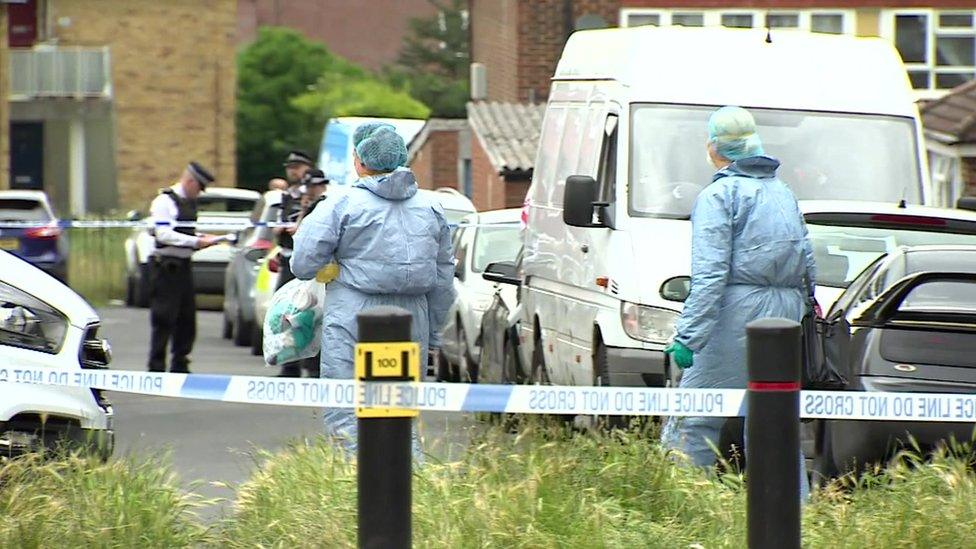
In July, Cameron Smith became one of five teenagers killed in Croydon
But the number of homicides did not see a corresponding drop.
Lockdowns had led to a great deal more violence in murders and assaults that have taken place, according to David Wilson, an emeritus professor of criminology at Birmingham City University.
"There is much more mutilation than I've ever seen before," he said.
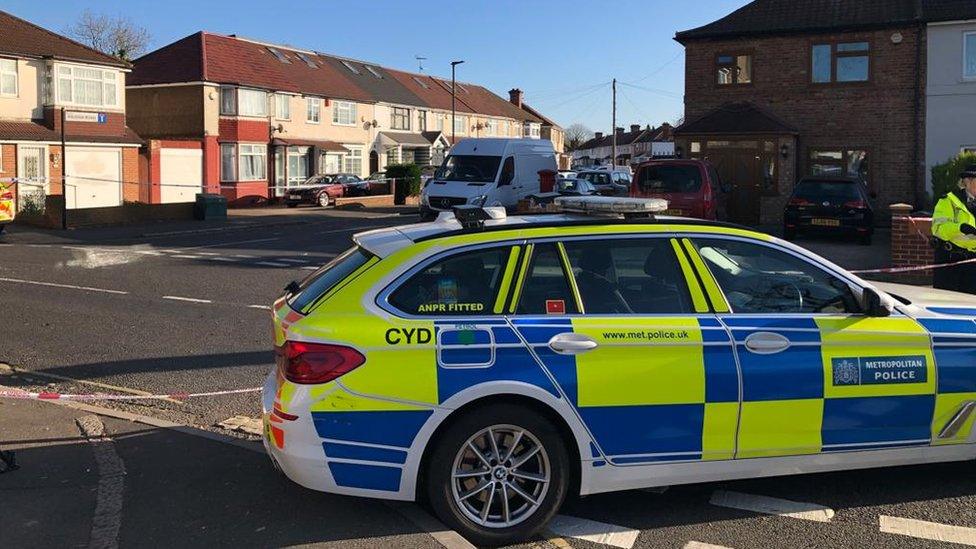
Mishpreet Singh was killed in Southall last month
Prof Wilson said social norms had broken down during lockdown, leading to an explosion of "overkill violence".
Restricting movement also intensified "one of the biggest drivers of murder" by reducing the distance criminal networks can operate.
"Lockdown merely offered more opportunities for organised crime to develop," Prof Wilson said.
"County lines disappeared so organised and semi-organised criminal networks needed to find new distribution networks and they're fighting over smaller local areas."
Prof Wilson said "we shouldn't be surprised" teenagers are often both the victim and perpetrator in many murders.
"Adolescence is a time of Sturm und Drang [meaning "storm and stress" in German].
"It is a time when young people are spreading their wings and flexing muscles and learning to be themselves and often make mistakes."
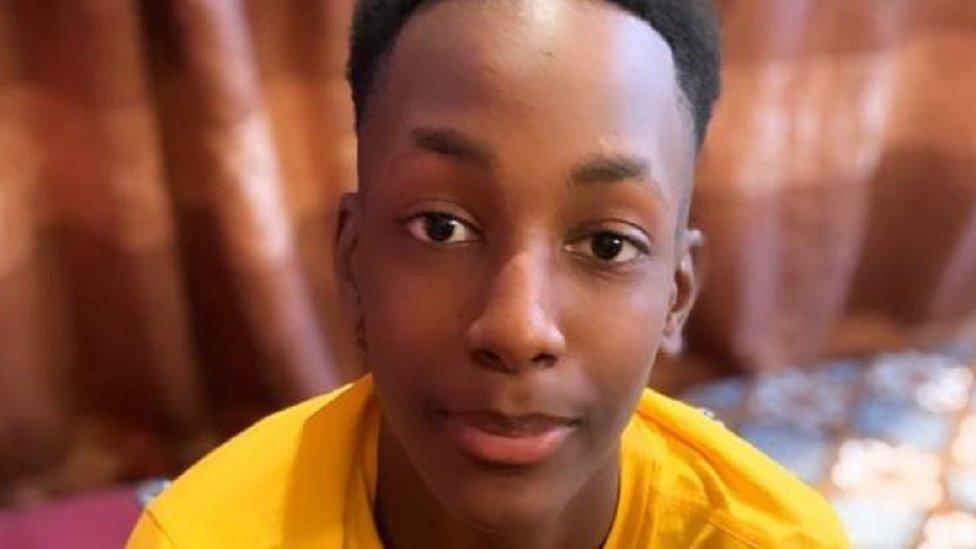
Tamim Ian Habimana was among London's teen victims
Among the flood of killings, the mother of Tamim Ian Habimana said she was worried people will forget her son.
Tamim 15, died from a single stab wound during an attack in Woolwich, south-east London, on 5 July.

Tamim was fatally stabbed in Woolwich town centre
Hawa Haragakiza, Tamim's mother, said: "Every single day I have to think 'oh, he's not here anymore'. It's really hard and I don't even know whether I'll get better."
Teenagers being killed has become "a normal thing" in London, she said.
"I feel for them," she added. "These kids had futures, and their parents had so much expectation for their kids.
"And someone decided to just wake up one day and says I'm going to kill him.
"It looks normal for another kid to die and I'm really scared about the future here."
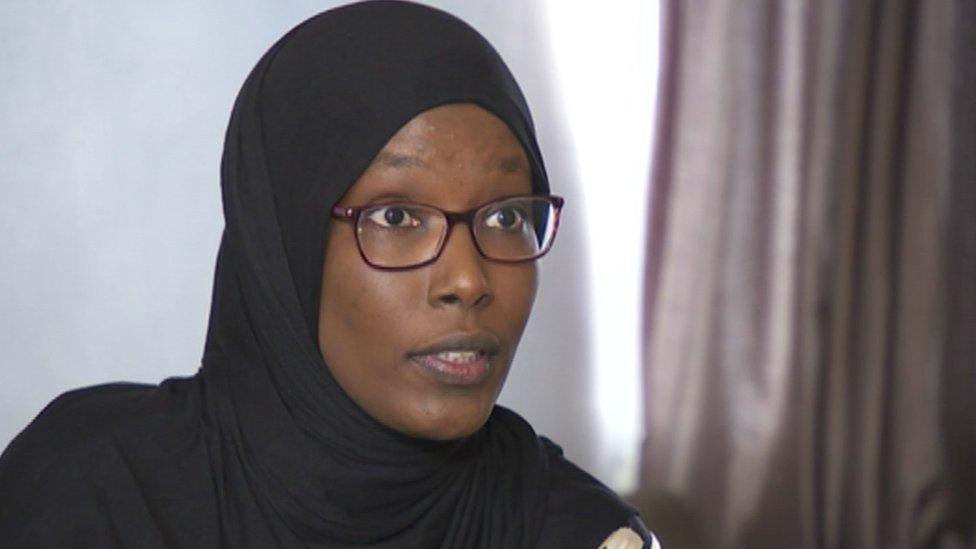
Hawa Haragakiza, Tamim's mother, said she was scared for the future
To combat rising violence in the capital the Mayor of London set up the Violence Reduction Unit (VRU), which began operating in 2019.
The unit sets out to treat violence as a public health issue.
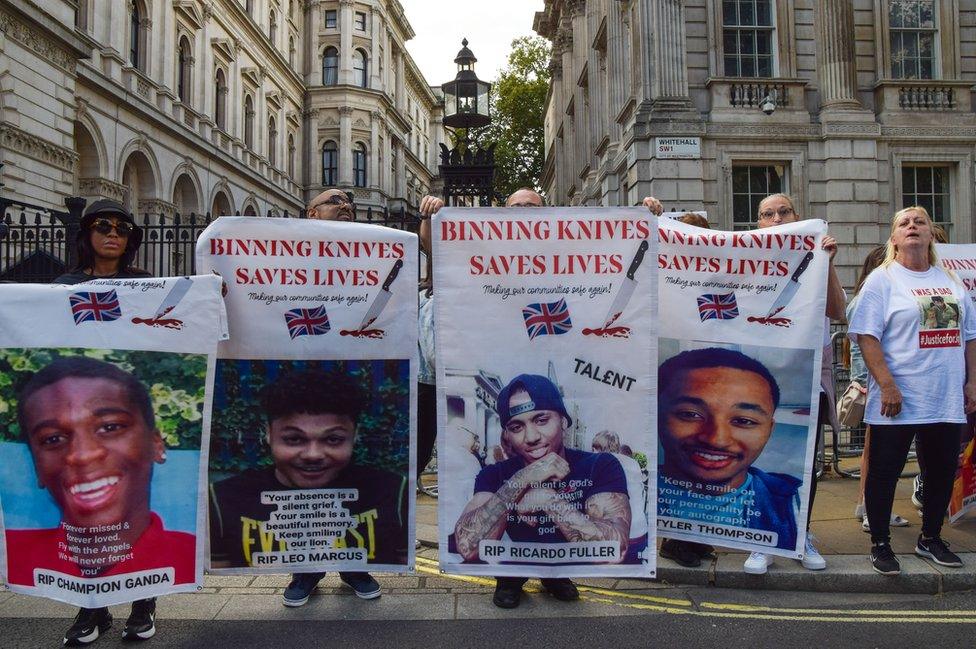
September saw protests by victims' families outside Downing Street
The mayor's scheme echoes an approach successfully used in Scotland, which sees police work with teachers, social workers and health professionals.
The VRU's budget for 2020/21 is £19.7m, external, up from £7.8m in 2019/2020.
Related topics
- Published31 December 2021
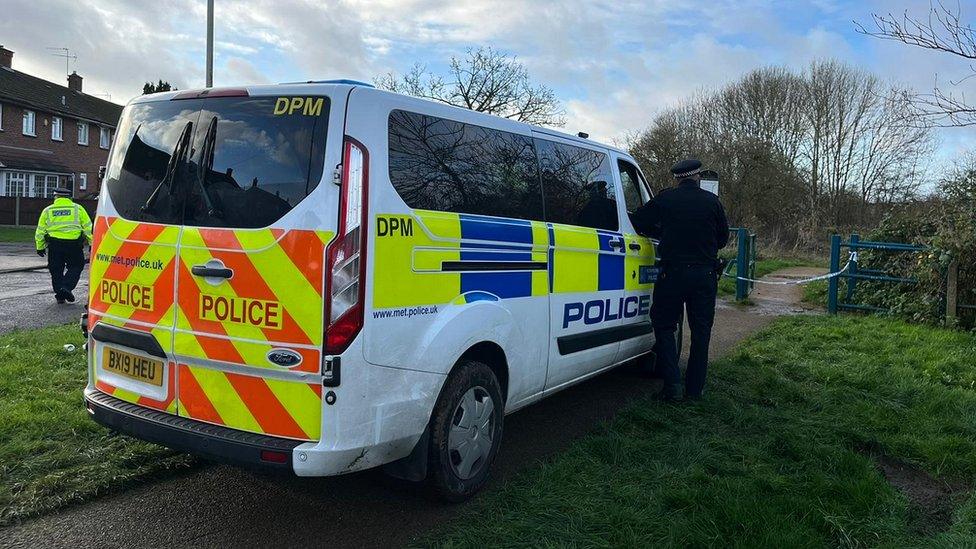
- Published16 August 2018
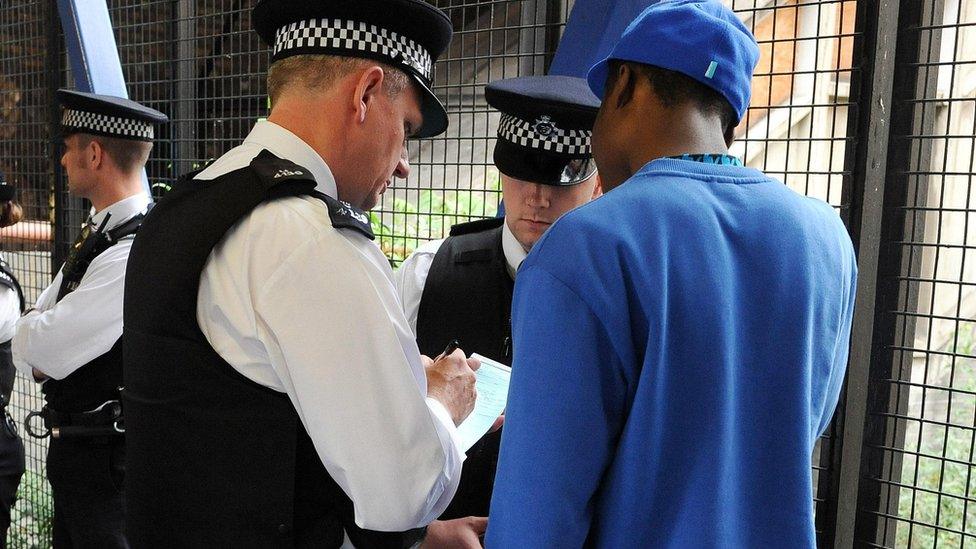
- Published10 July 2021

- Published23 November 2019
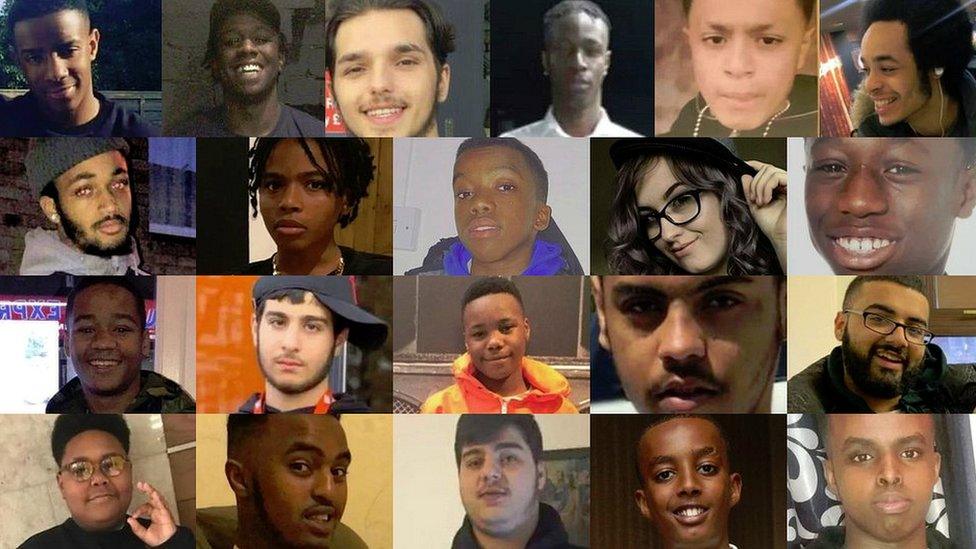
- Published21 September 2018
